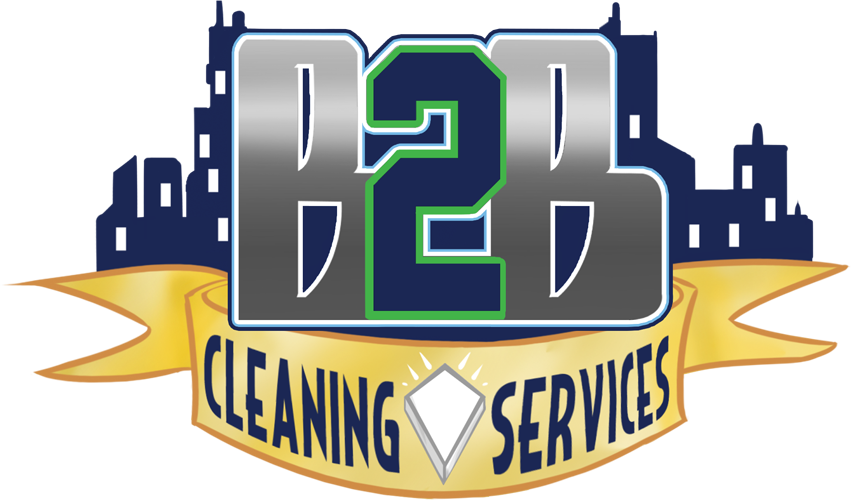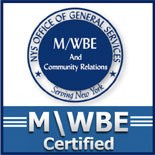With some states opening up, and others having to close again, it is imperative that you take precautions with your business when returning to work.
The question for many business owners is, “When can my staff return to work and how can they do so as safely as possible?”
As the administration continues to discuss plans to reopen the country, the Centers for Disease Control recently unveiled new guidance for businesses to bring workers back.
They outline how business owners can determine which staff members are ready to return to work, when, and under what conditions. Their recommendations outline differing scenarios based on the employee’s current, or recently past, health status with regard to COVID-19.
THE CENTERS FOR DISEASE CONTROL RECENTLY UNVEILED NEW GUIDANCE FOR BUSINESSES TO BRING WORKERS BACK. THEY OUTLINE HOW BUSINESS OWNERS CAN DETERMINE WHICH STAFF MEMBERS ARE READY TO RETURN TO WORK, WHEN, AND UNDER WHAT CONDITIONS.
What about employee privacy?
While Health Insurance Portability and Accountability Act rules generally prohibit asking employees about their health, the Equal Employment Opportunity Commission confirmed employers have the right to request health information from workers during the COVID-19 outbreak.
Employers may ask if employees are experiencing fever, chills, cough, shortness of breath, or a sore throat. Be sure to maintain all health information as a confidential medical record in compliance with the Americans with Disabilities Act.
When is it safe for my employees to return to work?
Unconfirmed COVID-19 with illness
Let’s say you have an employee who has had a fever and cough, but did not get confirmation they were infected with COVID-19. They have fully recovered from their illness with or without medical intervention. Based on the CDC guidelines, you can allow them to return to work only under all of the following conditions:
- At least 3 days have passed since recovery, with no fever for a minimum of 72 hours. Employees must have no abnormal temperature for 72 hours without the use of any fever-reducing medicines (aspirin, acetaminophen, or ibuprofen)
- Their respiratory symptoms have improved
- 7 days have passed since the beginning of any symptoms
Confirmed COVID-19 with no illness
What about an employee who has been confirmed (tested positive by a medical professional) with COVID-19 but has not become ill due to the virus? They have to remain in isolation following their diagnosis. Based on the CDC guidelines, they should be able to return to work only under all of the following conditions:
- After at least 7 days have passed since the date of their first positive COVID-19 test
- They have not become ill
- For an additional 3 days after they end isolation, they continue to limit contact (stay 6 feet away) with others
- They wear a mask or other covering of their nose and mouth to limit the potential of dispersal of respiratory secretions
Confirmed COVID-19 with illness not requiring hospitalization
This is an employee who has been confirmed (tested positive by a medical professional) with COVID-19 and has become mildly or moderately ill due to the virus. These employees were the ones who self-isolated and medicated at home and did not require hospitalization. Based on the CDC guidelines, they should be able to return to work only under all of the following conditions:
- At least 3 days have passed since their recovery, with no abnormal fever for a minimum of 72 hours. Employees must have no significant temperature for 72 hours without the use of any fever-reducing medicines (aspirin, acetaminophen, or ibuprofen)
- Respiratory symptoms have improved
- No continuing illness: the employee exhibits no symptoms of COVID-19
- The employee has had 2 confirmed negative COVID-19 tests, administered by a medical professional and spaced at least 24 hours apart
Confirmed COVID-19 with illness requiring hospitalization
An employee who has been confirmed (tested positive by a medical professional) with COVID-19 and has become ill due to the virus, requiring hospitalization may be at higher risk of shedding (dispersing respiratory secretions) and spreading the infection. The CDC recommends rigorous testing before returning these employees to work since they may experience longer periods of viral detection compared to those with mild or moderate symptoms.
The CDC writes, “Severely immunocompromised patients (e.g., medical treatment with immunosuppressive drugs, bone marrow or solid organ transplant recipients, inherited immunodeficiency, poorly controlled HIV) may also have longer periods of SARS-CoV-2 RNA detection and prolonged shedding of infectious recovery.”
For those who have been hospitalized and others in high-risk categories, the contagion may last longer than for others. Further, they suggest, “placing a patient in a setting where they will have close contact with individuals at risk for severe disease warrants a conservative approach.”
The CDC recommends a test-based strategy before returning high-risk and hospitalized employees to work. Employees with conditions that might weaken their immune system may have “prolonged viral shedding after recovery.” The CDC recommends these employees discuss returning to work with their personal healthcare provider to best assess if they pose no threat to coworkers.
This may include re-testing to verify they are no longer shedding the virus. Businesses should consider each of these staff members on a case-by-case basis, requiring verified testing and return to work authorizations from the worker’s healthcare professional.
The fine print
The CDC has based these guidelines on a “time-since-illness-onset and time-since-recovery strategy.” Their site outlines the guidelines:
“This recommendation will prevent most but cannot prevent all instances of secondary spread. The risk of transmission after recovery, is likely substantially less than that during illness; recovered persons will not be shedding large amounts of virus by this point if they are shedding at all.”
Options for business
The CDC adds some employers may apply more stringent criteria to allow staff members to return to work, which may be based on whether a “higher threshold to prevent transmission is warranted.” These could include requiring:
- A longer time after recovery before an employee returns to work, and/or
- Requiring employees are tested for COVID-19, then adhering to the guideline’s criteria before they are allowed to return
For healthcare providers and those who work in critical infrastructure or those with “high-value human assets (i.e., military) where introduction of COVID-19 could cause major disruptions or reduce national security,” separate guidelines have been created.
EMPLOYERS SHOULD REQUIRE ANY STAFF MEMBER WHO BECOMES ILL DURING THE WORKDAY GO HOME IMMEDIATELY. DISTANCING AS MUCH AS POSSIBLE, MAINTAINING CLEAN SURFACES, AND WEARING MASKS OR OTHER PERSONAL PROTECTIVE EQUIPMENT (PPE) IF DEALING WITH THE PUBLIC SHOULD ALSO BE REQUIRED.
How can businesses recall workers?
Organizations should look to recall staff members on a case-by-case basis. They may consider bringing back employees who have had no symptoms of COVID-19 during their furlough/layoff initially.
The next wave of staffers for recall could be based on the CDC criteria: staff members who were ill and have recovered, either from COVID-19 or another illness, could be returned to work based on the timelines and guidelines provided above. A-symptomatic employees who tested positive for COVID-19 but did not fall ill could also be returned following the CDC protocols.
When returning these staffers to the job, safe work practices should be observed. Businesses may consider taking employee’s temperatures before they enter the building, but remember that not all COVID-19 patients experience a fever. Employers should require any staff member who becomes ill during the workday go home immediately. Distancing as much as possible, maintaining clean surfaces, and wearing masks or other personal protective equipment (PPE) if dealing with the public should also be required.
Resources that may be available
Organizations may consider working with local clinics or healthcare providers to offer testing for staff members who don’t have access to health insurance. There may be free clinics in your area, as well. Contact them, and ask if they can try to schedule potential return to work employees as a priority. It may be challenging, with few tests available, but erring on the side of safety is worthwhile.


